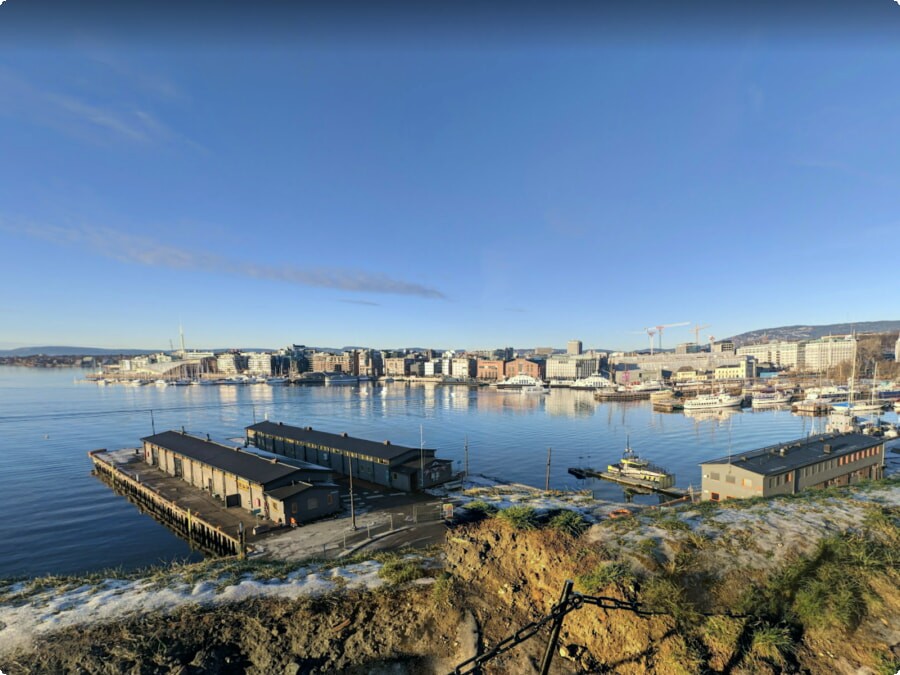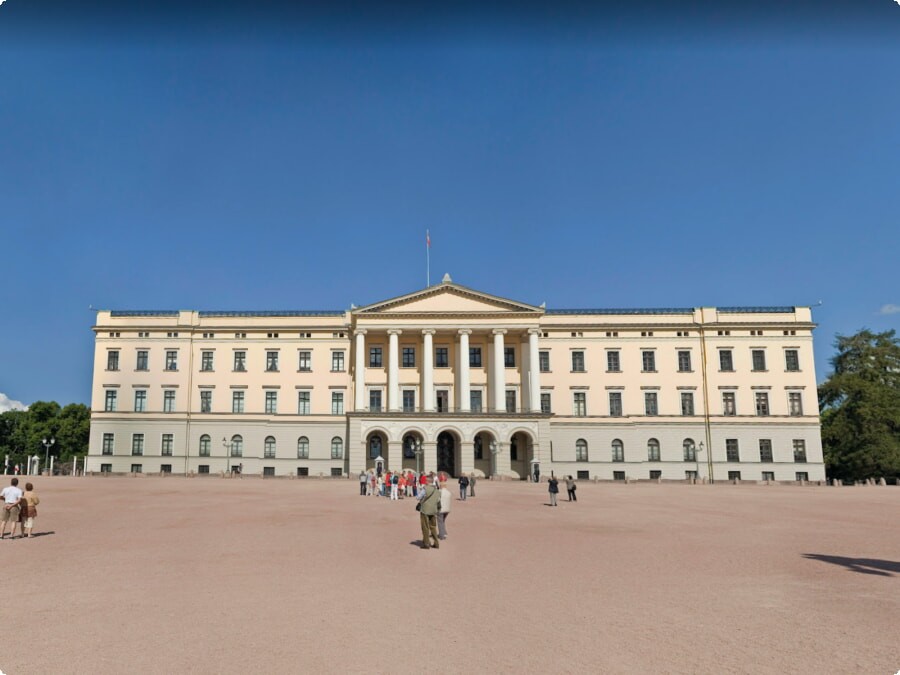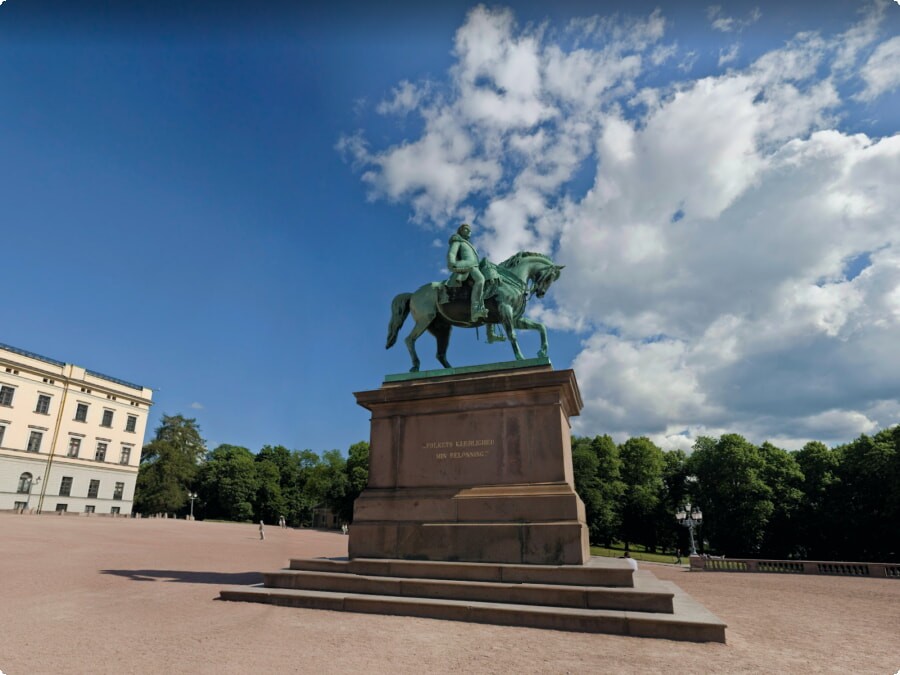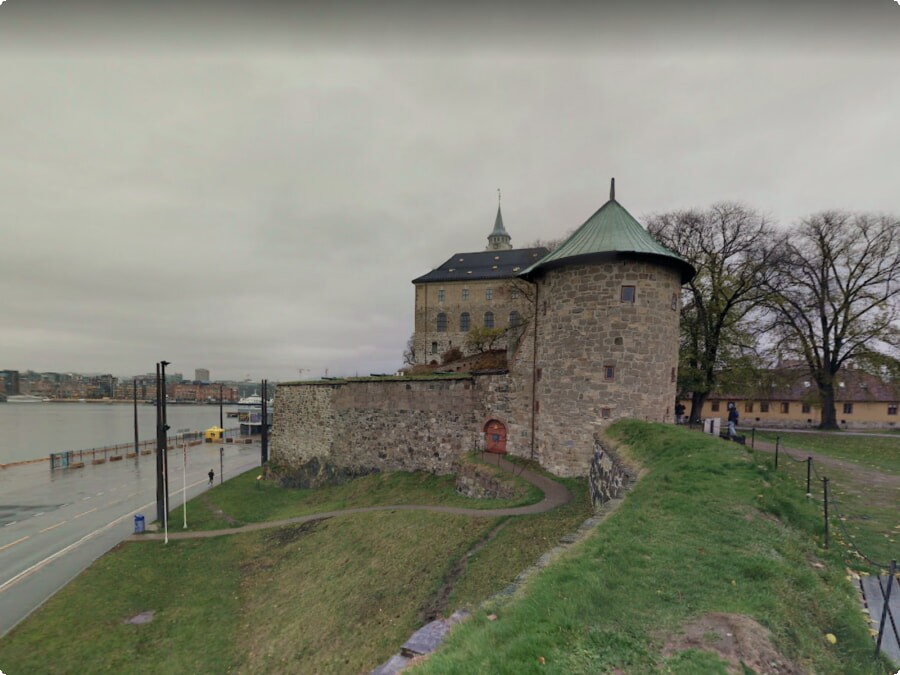Useful Information For Travelers to Oslo
Norway’s capital city boasts fun museums, green spaces, and stunning fjord views. You’ll also find independent cafes, incredible nightlife, and some of the most famous artwork in Europe, including the world-famous ‘Scream’ painting by Edvard Munch.
Wandering through the sculpture park to gawk at its cool statues makes a nice start or end to your Oslo sightseeing.
Budgeting
Oslo may not have the worldwide reputation for gourmet food of Paris or Rome but it’s still a great place to eat well on a budget. Many of the city’s best restaurants are affordable, and a few smart choices can keep your food costs down even more. Look for restaurants outside of the main tourist hubs where you’ll find a wider selection of cuisines and lower prices. For example, the San Francisco Bread Bowl is a quirky cafe where you can pick from a range of hot meals served in hollowed-out bread bowls for just 99NOK or £9. It’s perfect for vegans and vegetarians but also has meat-filled stews and chilli to keep the meat eaters happy too!
The key to eating well on a budget in Oslo is planning ahead. Make sure you research all of the options available to you online and in your guidebook before you book a restaurant. Checking restaurant ratings on social media can be a good indicator of quality and pricing too.
If you’re staying in an apartment, hostel or vacation rental, stock up on groceries at the local supermarket to save money on eating out. Most Norwegian grocery stores are stocked with local and organic produce and have reasonable prices too.
Most attractions in Oslo are relatively expensive, but the holy grail for budget travellers is the Oslo Pass. This card gives you free public transport and admission to 30 of the city’s top museums and attractions including Akershus Castle, Holmenkollen ski jump, and the Aker Brygge sculpture park. You can purchase a 24-, 48- or 72-hour pass from most hotels, visitor centres, ticket booths and some shops.
Another cost-saving tip is to avoid taking taxis from the airport if possible and catch the regular train instead. The Airport Express train is more expensive and takes almost twice as long to get to the city centre than the standard Oslo S local train, which will set you back just 80 NOK or $12 AUD.
It is impossible to get acquainted with the sights of Norway in one day, as well as in a week, but you can see the maximum number of new places with the help of a rented car at one of the country's airports. For example, in Oslo you can rent a car from 22 euros per day, in Alesund - from 25 euros per day.

Public Transport
Oslo is a compact city that seems made for walking, and many of the main attractions are within easy reach of one another. But if you’d like to explore beyond the central area, you’ll need to use public transport. Thankfully, the local network is efficient and well-organised.
The whole system is run by Ruter, which operates metro (t-bane) trains, buses, trams and ferries. You can buy tickets in advance via the Ruter app, or at kiosks located at most stations and stops. The easiest option is to purchase a day or week card, though it is also possible to buy individual journey tickets. The price of a single ticket within zone 1 is around 40 NOK. Prices change regularly, so be sure to check the website before you travel.
Buses are abundant and cover huge areas of the city. Most lines leave every five, ten or fifteen minutes during normal hours, and most operate at night as well. If you plan to make several journeys on the buses, it’s usually cheaper to buy a bus pass rather than individual tickets. A day or weekend pass costs 195 NOK and is valid for all bus, tram, metro and ferry services.
The metro is a fast and convenient way to get around, with five different lines that branch out from Oslo’s centre in different directions. A sixth line is currently under construction. The metro doesn’t have a traditional underground system – less than 20 percent of its stations are below ground. However, it’s still a popular option with travellers as it can cut the trip time between major destinations such as Nationaltheatret and Oslo Sentralstasjon to just three minutes, compared to 10 or more using a bus or tram.
The city is very cyclist friendly, with dedicated bike paths and a great network of hire outlets. It is also easy to rent a car in Oslo, with a number of companies offering both long and short-term rentals. A few of the options include Sixt, Avis and Budget. There’s also a new electric vehicle-sharing service called Vy, which allows you to book and pay for a car online or via a mobile app, and then pick it up from a number of locations around the city.

Getting Around the City
While Oslo is one of Scandinavia’s largest cities, it feels surprisingly accessible. It has all the conveniences of a global city but maintains that sense of community often associated with smaller places. Getting around is easy, with most of the main attractions within walking distance and the vast majority of the city centre being pedestrianized.
The public transport system is comfortable, efficient and relatively inexpensive compared to taxis. The metro, known as the T-bane, is divided into five color-coded lines and stops at most major attractions and tourist destinations. Trams, buses and ferries are also common forms of transportation, with the Ruter mobile app being useful for planning routes and purchasing tickets.
For those looking to explore outside of the city, Norway’s extensive bike network is an excellent option. Several rental companies offer bikes that can be rented for a day or two and dropped off at any location in the city. It’s best to book ahead, as rentals tend to be busy during peak hours.
If you prefer to leave the car at home, the city is also extremely safe for solo travelers and navigating its districts requires very little effort. Nevertheless, it’s always advisable to keep an eye on your belongings and avoid leaving valuables in your car, especially at night or while you’re out exploring.

Whether you’re interested in the modern architecture of the Oslo Opera House or a more historical visit to the Edvard Munch Museum, a tour with a local guide is highly recommended. The latter museum is a must-see for art lovers, featuring historic and more contemporary works by both Norwegian and international artists.
Aside from guided tours, there are a few sightseeing options that can help you get acquainted with the city on your own. Hop-on hop-off sightseeing buses, boat tours and a range of museum visits are available and can be booked on the official Oslo website.
If you want to go beyond the city limits, the surrounding Nordmarka region is a beautiful wilderness that’s ideal for hiking and other outdoor activities. The forests are dense and a short drive from the city, making them the perfect place to escape from the hustle and bustle of the big city for some fresh air.
Safety
Oslo is the capital of Norway and a vibrant cosmopolitan city. There are great museums, a buzzing bar and coffee scene and beautiful natural surroundings. The city is quite compact so it can be explored easily on foot and is one of the safest cities in Europe.
Norwegians are very friendly and helpful, so if you get lost or need directions it is not a problem to ask. It is also very safe for solo female travellers and most people speak English so communication shouldn’t be a problem. However, as always it is a good idea to take the usual precautions when travelling solo (such as not leaving drinks unattended at bars or walking home alone intoxicated).
Accommodation in Oslo can be expensive but it is possible to find affordable hotels. You can book a shared room in a guest house for less than £20 per night or opt for a private room for around £30-£50. Hostels are also popular in Oslo and offer basic facilities such as a kitchen, TV and bathroom. Some hostels are close to the main sights such as the Royal Palace and National Gallery while others are a bit further away.

Oslo has some world-class museums and no matter what your interests are you will be able to find something that will appeal to you. The Norwegian Folk Museum is a must visit for all history lovers and the Resistance Museum is an eye-opening look at what life was like in Nazi Germany.
The city is also a fantastic place for cycling. You can hire a bike and follow one of the many cycling routes or join a tour to see the sights on two wheels. The Norwegian countryside is stunning and you will be able to discover hidden lakes and quiet paths whilst enjoying the views.
Petty crime is low in Norway but there is a risk of pickpocketing and bag snatching around tourist spots such as the airport, train stations, the main shopping streets of Oslo and hotel lobbies. It is best to be vigilant, especially during the busy summer months and keep an eye on your belongings at all times.